IN the apartment of my friends in Baghdad (Iraq), they tell me about how each of them had been impacted by the ugliness of the US-imposed illegal war on their country that began in 2003. Yusuf and Anisa are unusual people, both members of the Federation of Journalists of Iraq and both with experience as 'stringers' for Western media companies that came to Baghdad amid the war. When I first went to their apartment for dinner in the well-positioned Waziriyah district, I was struck by the fact that Anisa-who I had known as a secular person-wore a veil on her face. "I wear this scarf," Anisa said to me later in the evening, "to hide the scar on my jaw and neck, the scar made by a bullet wound from a US soldier who panicked after an IED [improvised explosive device] went off beside his patrol."
Earlier in the day, Yusuf had taken me around New Baghdad City, where in 2007 an Apache helicopter had killed almost twenty civilians and injured two children. Among the dead were two journalists who worked for Reuters, Saeed Chmagh and Namir Noor Eldeen. "This is where they were killed," he tells me as he points to the square.
"And this is where Saleh [Matasher Tomal] parked his minivan to rescue Saeed, who had not yet died. And this is where the Apache shot at the minivan, grievously injuring Saleh's children-Sajad and Duah." I was interested in this place because the entire incident was captured on film by the US military and released by Wikileaks as Collateral Murder in 2010. Julian Assange was persecuted largely because he led the team that released this video. It presented direct evidence of a horrific war crime.
This story is from the January 11, 2025 edition of Outlook.
Start your 7-day Magzter GOLD free trial to access thousands of curated premium stories, and 9,000+ magazines and newspapers.
Already a subscriber ? Sign In
This story is from the January 11, 2025 edition of Outlook.
Start your 7-day Magzter GOLD free trial to access thousands of curated premium stories, and 9,000+ magazines and newspapers.
Already a subscriber? Sign In
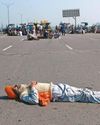
Between Life, Death and Protest
The strain of sustaining a long protest is evident among farmers at Khanauri, but the sense of community remains strong
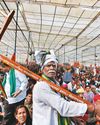
Protest 2.0
Farmers still have hopes from their leaders, but time is running out. The enemies, in the meanwhile, are sharpening their weapons

Trajectory of Nowhere
In the context of space and time, who are we humans and do we even matter?
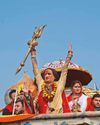
All of God's Men
THE ongoing Maha Kumbh at Prayagraj is a spectacle, a photo op, and an emotion and manifestation of the mixing of spirituality and faith.
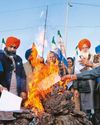
Embers Rekindled
While the recent death by suicide of a farmer has rendered the mood sombre at Shambhu border, the protests have picked momentum at the call of the unions

Time for Course Correction
What the protest by Punjab's landed peasantry tells us about the state's economy and society
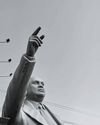
The Untouchable
The ideological chasm between Ambedkar's vision and the Hindutva worldview remains irreconcilable
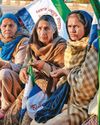
Frontliners
A day in the life of women protesting at Shambhu border
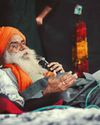
The Farmer-Composing Antagonist
Farmer leader Jagjit Singh Dallewal has been on a fast-unto-death at Khanauri border to pressurise the government to fulfil its promises to the farming community
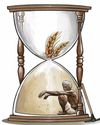
Till Death Do Us Part
Jagjit Singh Dallewal has reinforced how a fast unto death can serve as a warning and an appeal to the public and the government